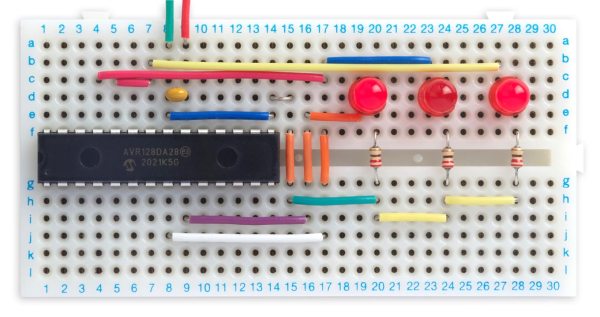Microsoft’s Recall feature is back. You may remember our coverage of the new AI feature back in June, but for the uninitiated, it was a creepy security trainwreck. The idea is that Windows will take screenshots of whatever is on the screen every few seconds, and use AI to index the screenshots for easier searching. The only real security win at the time was that Microsoft managed to do all the processing on the local machine, instead of uploading them to the cloud. All the images and index data was available unencrypted on the hard drive, and there weren’t any protections for sensitive data.
Things are admittedly better now, but not perfect. The recall screenshots and database is no longer trivially opened by any user on the machine, and Windows prompts the user to set up and authenticate with Windows Hello before using Recall. [Avram] from Tom’s Hardware did some interesting testing on the sensitive information filter, and found that it worked… sometimes.
So, with the public preview of Recall, is it still creepy? Yes. Is it still a security trainwreck? It appears that the security issues are much improved. Time will tell if a researcher discovers a way to decrypt the Recall data outside of the Recall app.
Patch Tuesday
Since we’re talking about Microsoft, this week was Patch Tuesday, and we had seventy-one separate vulnerabilities fixed, with one of those being a zero-day that was used in real-world attacks. CVE-2024-49138 doesn’t seem to have a lot of information published yet. We know it’s a Heap-based Buffer Overflow in the Common Log File driver, and allows an escalation of privilege to SYSTEM on Windows machines. Continue reading “This Week In Security: Recall, BadRAM, And OpenWRT”



















